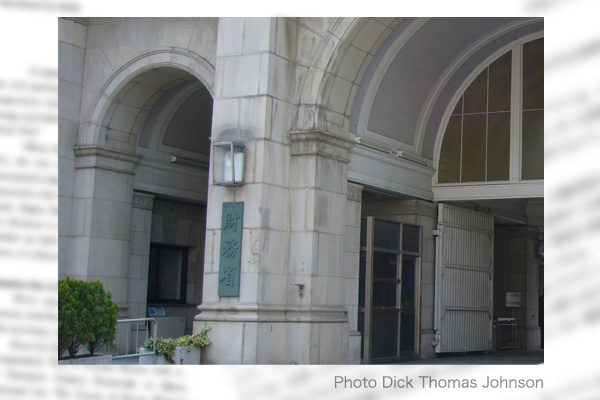In campaigns for the ruling Liberal Democratic Party’s leadership election on October 4, five candidates are promising measures to counter rising prices and wage increases. Unless the Japanese economy is put on a strong growth path, however, these promises may end up unfulfilled, as shown by the outgoing Shigeru Ishiba government. Unless these candidates can propose concrete paths to achieve Japan’s economic revitalization, they are not qualified to lead the nation.
LDP candidates as mouthpieces for MOF
The candidates, excluding former Economic Security Minister Sanae Takaichi, are generally following the scenario outlined by the Ministry of Finance’s Budget Bureau regarding the fiscal policy, which is the key for the economy. The MOF has been working to prevent these candidates from advocating aggressive fiscal spending and consumption tax cuts. The key reasons are government debt and difficulties in finding financial resources. But the reasons have already been lost. As noted in my previous column (#1290), Japan has already achieved the most excellent fiscal performance among major developed countries. Its primary budget balance, an indicator of fiscal soundness, is now certain to turn into a surplus in the next fiscal year for the first time in more than 30 years.
Nevertheless, the Ishiba government has reduced policy spending and refused to return increased tax revenues to the private sector. The scale of fiscal austerity came to 42.4 trillion yen for four years to fiscal 2024 and 13 trillion yen for the original fiscal 2025 budget. It is the fiscal austerity that deprives domestic demand, drives real wages down, stagnates domestic capital investment, and keeps real economic growth near zero. Unless the fiscal austerity policy is abolished, companies hold back investment to domestic equipment and human resources, which is the key to Japan’s economic revitalization, and instead step up investment in foreign countries such as the United States and China. If anyone who misses an opportunity to use available fiscal capacity for expanding domestic demand is elected leader, the LDP election will be meaningless.
First meeting with Trump puts leader to the test
In late October after a new prime minister is elected at the National Diet in the wake of the LDP leadership election, U.S. President Donlad Trump will visit Japan. Even under the constraints of growing U.S. budget deficits and external debt, Trump is obsessed with reviving U.S. manufacturing to counter the expanding China. As he strongly demanded Japan’s investment in the U.S., the Japanese and U.S. governments signed a memorandum in early September to materialize Japan’s investment worth $550 billion in major U.S. projects designated by Trump in the next three and a half years. The memorandum amounts to an unequal treaty that requires Japan to serve as an automated teller machine for the U.S. by tripling investment in the U.S. while pursuing domestic austerity policies that stifle private investment.
Japan’s new leader should frankly tell Trump that Japan’s expanded investment in the U.S. will not be sustained unless it leads to not only economic security but also Japan’s industrial revitalization. The premise for Japanese investment in the U.S. is Japan’s own economic revitalization strategy, which is essential for countering Chinese threats. Without such strategy, the new Japanese leader will fail to win over Trump.
Hideo Tamura is a Planning Committee member at the Japan Institute for National Fundamentals and a columnist for the Sankei Shimbun newspaper.


